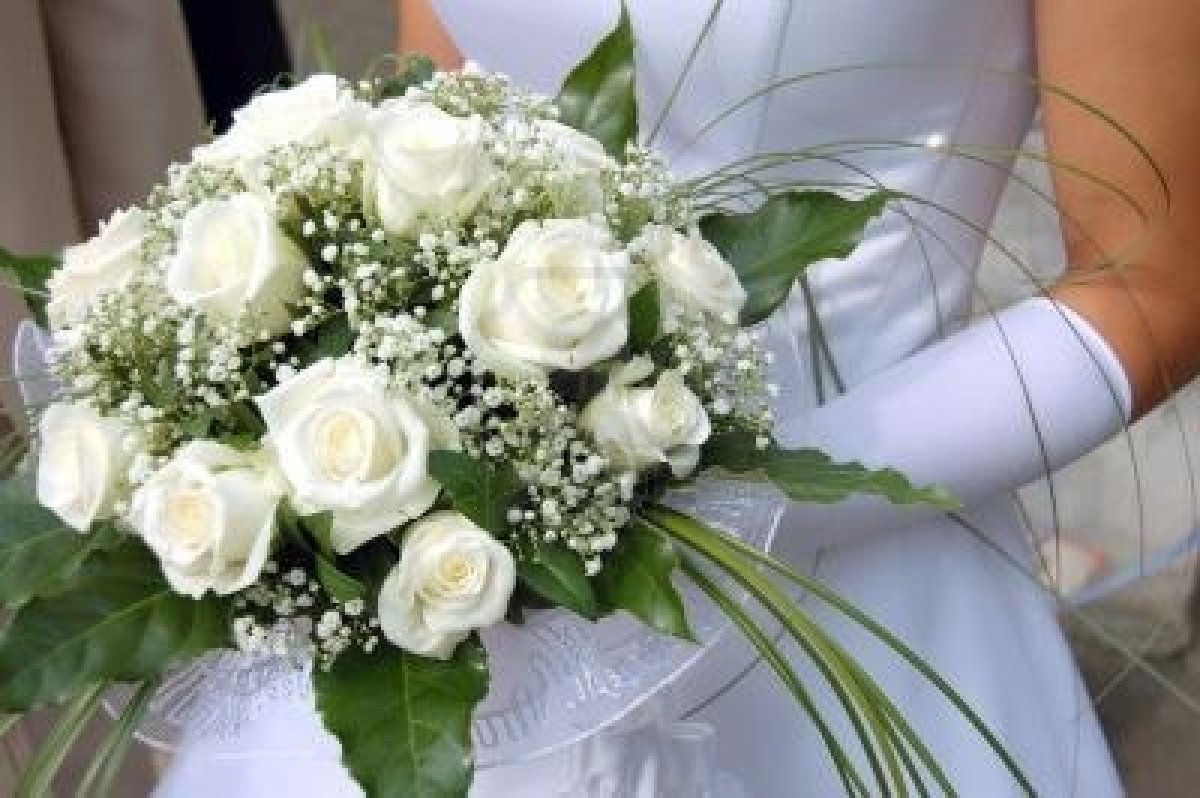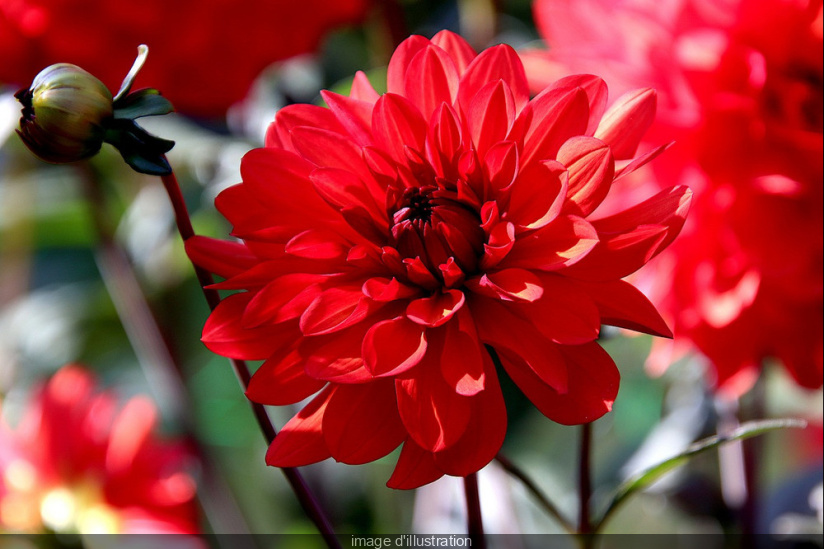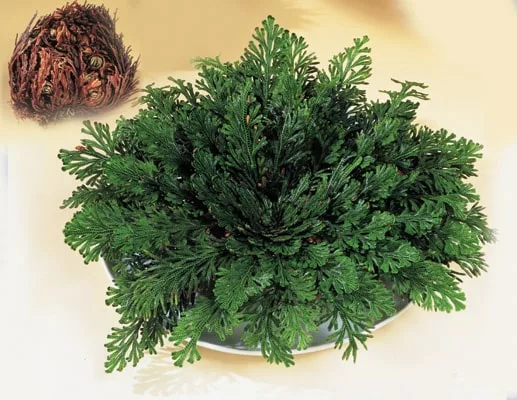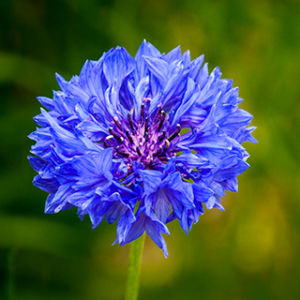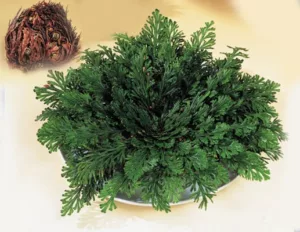The bridal bouquets
Bridal bouquets are an essential part of bridal attire today. We could not imagine a bride arriving at the altar without a bouquet in her hands. Be it bigger or smaller, it is an essential part of the bride’s attire, symbolizing joy and romanticism.
However, how does this tradition come about? Since when do brides come to the altar with flowers in their hands?
Origin of bridal bouquets
One theory states that the tradition of carrying flowers in the nuptial ceremony is several centuries old. It is believed that certain brides used aromatic herbs, such as thyme and garlic to protect themselves from evil spirits that could interfere with the happiness of the spouses and attract positive energy for their future marriage. In addition they were held with herbs and certain flowers that came to be eaten by brides. Some historians assume that it was in order to obtain certain aphrodisiac powers; like for example the use of rose water.
The other less widespread theory has a slight variant: the objective of the bouquets of aromatic flowers was not to hide the strong smell of garlic, but that of the brides themselves!
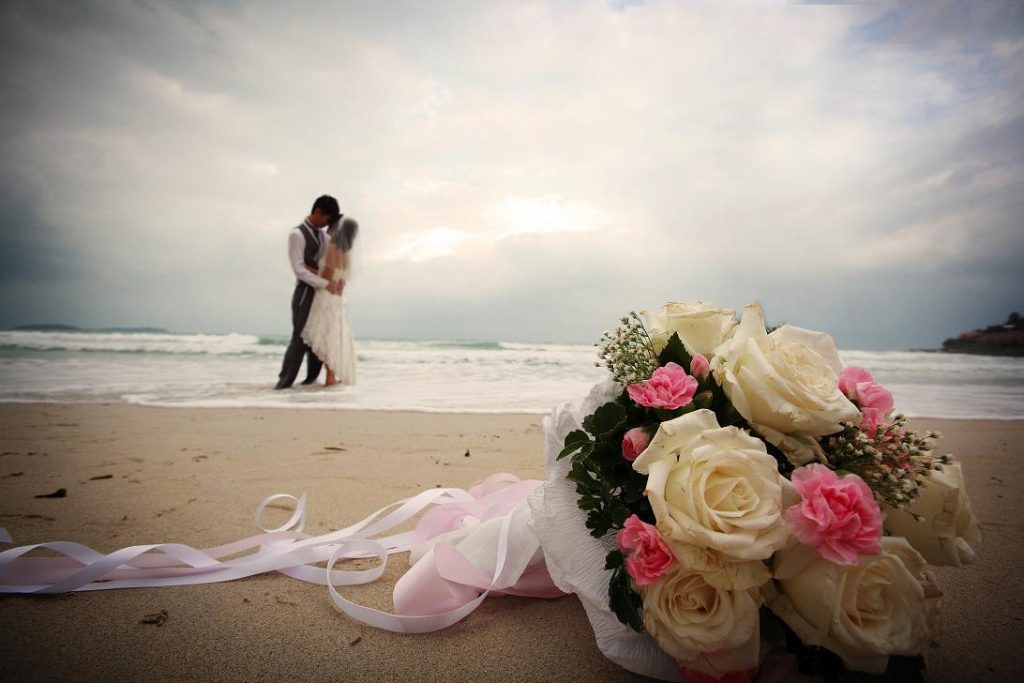
In the Middle Ages, by the fifteenth and sixteenth centuries, weddings were celebrated in the month of June, at the beginning of summer. The reason was simple: the first bath of the year was taken in May, so, in June, the smell of the people was still tolerable. In addition, the wedding dresses were so large and heavy that they made sweat brides spurt. This caused some odors to begin to be annoying. That’s why the brides wore big bouquets of flowers, next to her body to disguise the bad smell.
This is how May was born as the bride’s month and the tradition of the bridal bouquet.
Since then the bouquets have evolved into a luxurious ornament.
The Launch of the Bride’s Bouquets
The custom of throwing the bridal bouquet is based on the superstition that whoever catches it will be the next to marry. But this tradition has a much more practical origin. As single women caught the bouquet, the men who were at the ceremony could find out which girls were available.
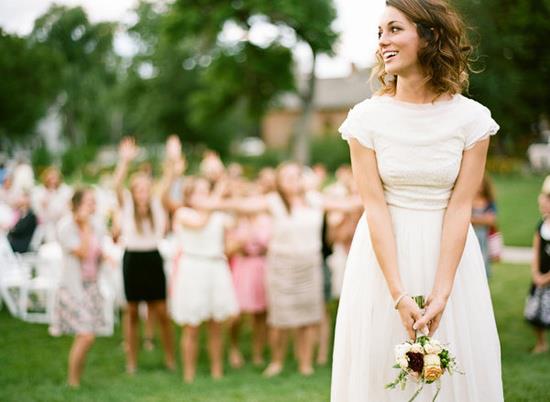
White bridal bouquet
This custom, has its origins in France of the fourteenth century, derived from another tradition, the cut of the league. They say that in the France of 1300 it became fashionable to run after the bride, to take away the league. This was considered to be good luck. For evitalo the bride ended up voluntarily launching her league to the assistants, custom that derive in cutting the league. And the act of launching it, became the launch of the bouquet.
How to make bridal bouquets?
To make bridal bouquets we will need flowers, stems cleaner, scissors, floral tape, raffia or rubber bands, pins, pruning hooks and white or colored strips of your choice.
- Clean the stems, eliminate the thorns and verify that the flowers are perfect.
- Cut the stems to about the same height.
- Choose from 2 to 4 flowers (the most beautiful) to be the center of the bouquet. Hold them well by the stems and tie them with floral tape or with rubber bands.
- Verify that the height at which you place the floral ribbon has 1 to 1.5 inches of visible stems between the flower and the ribbon. Also about 4 to 5 inches of stems from the end of the ribbon down.
- Add flowers around giving it a “bouquet” shape. Use your imagination and see adding flowers, fillers and green leaves to your liking.
- As you add the flowers, continue tying the bouquet with ribbon tie flowers or floral tape to prevent disarming.
- Choose a ribbon that matches the color of the wedding dress or those of the flowers of the bridal bouquet. Cut a piece of ribbon about three times the length of the stems. Secure it with a pin or pin at the top carefully so that it is parallel to the floral tape. Roll it around the stem. Pin it with a pin at the end and the bridal bouquet will be ready.
Types of bridal bouquets
Classic or bouquet: to combine the bouquet with the wedding dress, this is one of the most used. It has a round shape simulating half sphere. It can be of short or long stems, with its variant: the dome or round bouquet.
Domo or posy: it is the super round bouquet where its flowers with long stems are joined with a cloth or apply. This type of bouquet adapts to almost all dresses, but depends on the length of the stem and the flowers or materials that are chosen.
Cascading or falling: is where the flowers fall down, forming a waterfall. It can be used with any dress, as long as the bride is not short, nor the dress very ornate.
Presentation is the least chosen, as it is the most uncomfortable, but it is very elegant and refined. It is formed by flowers with long stems, arranged in such a way that the bride can carry the bouquet lying on her forearm.
Arc or crescent: are those that form with their flowers a hemispherical pattern usually armed on an architectural figure of wires, the flowers fall around them. That’s one of the most elaborate and attractive types of bridal bouquets.
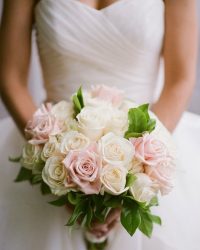
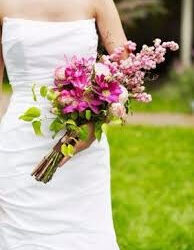
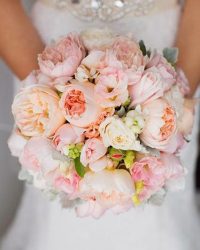
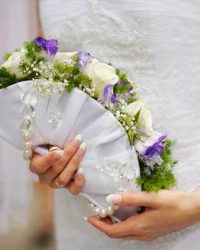
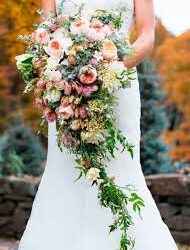
Flowers have played an essential role in our lives, that is why we have them close to the heart. ?
Remember to like and share on your social networks if you liked this article. Leave us your comments here.
![]()
Share this content:
